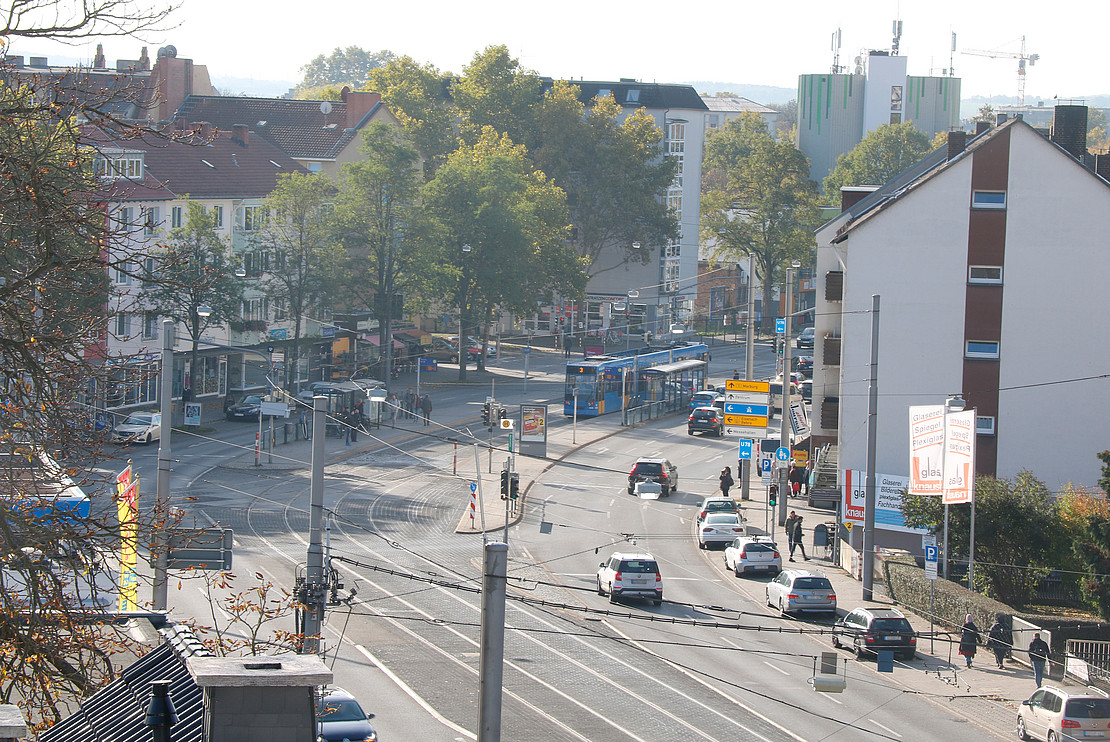This page contains automatically translated content.
Cities can use new tools to calculate expenses and revenues of transportation systems
 Image: University of Kassel
Image: University of KasselWhich is more expensive: bike, car or bus? What costs do traffic and infrastructure cause for cities? "The amount of expenses and income that a municipality incurs due to urban traffic was unknown for a long time," says Prof. Dr. Carsten Sommer from the Department of Transport Planning and Transport Systems at the University of Kassel. "Just like its distribution among the various transport systems." The Kassel traffic scientist and his team are now supporting cities with two new IT-supported tools. The tools are intended to provide city administrations with an easy-to-use instrument for transport and infrastructure planning. While the first tool allows an economic comparison of transport systems, the second tool can be used to estimate external effects. This is because traffic causes costs that have to be borne not only by those who cause them, but by society as a whole. These include noise and pollution, for example. "Most local authorities do not have a reliable database. We want to change that."
The guidelines and IT-supported tools will be made available to all interested users free of charge:
The research project is entitled "NRVP 2020 - What are the real costs of different modes of transport?" and was funded by the Federal Ministry of Transport and Digital Infrastructure as part of the National Cycling Plan.
Further information on the project can be found at
- Homepage of the Department of Transport Planning and Transportation Systems: https://www.uni-kassel.de/fb14bau/institute/ifv/verkehrsplanung-und-verkehrssysteme/forschung-und-dienstleistungen/forschungsprojekte/nrvp-2020-welche-kosten-verursachen-verschiedene-verkehrsmittel-wirklich-weiterentwicklung-der-methode-fuer-den-vergleich-von-ertraegen-und-aufwendungen-verschiedener-verkehrsmittel-anhand-von-kommunalen-haushalten-und-entwicklung-eines-tools.html